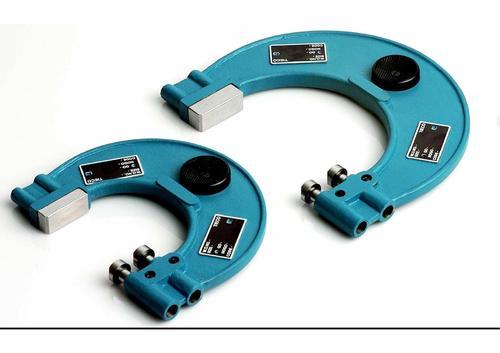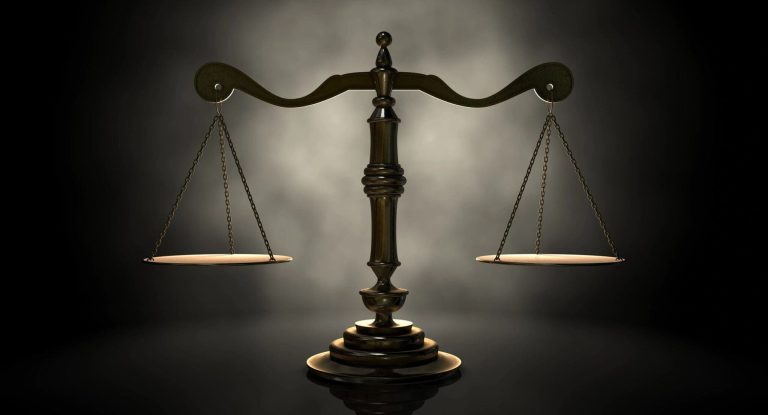
The thread taps and dies are tools which are used for creating the screw threads and this process is known as threading. There are some cutting tools whereas others are known as forming tools. A tap is essentially used for cutting or forming female portion of mating pair. The die is used for cutting or forming male portion of mating pair. The process of forming or cutting threads with the tap is known as tapping while the process that uses a die is known as threading.
These two tools can be used can be used for cleaning the thread. This is also referred to as chasing. However if you use the ordinary tap or die for cleaning threads then it usually remove some of the materials and it results in weaker and looser threads. Due to this, the machinists generally tend to clean the threads using special taps and dies known as chasers, which are especially made for this purpose. The chasers are made using softer materials and they are not used for cutting new threads.
Efficient array of metric thread taps from Gaugestools
The metric threads are one of the most prominent types of thread taps that are used in the industry. There are a number of manufacturers who have been producing excellent quality thread taps, depending on the custom needs of the clients. Gaugestools has been in the business of producing top quality thread gauges and taps for a number of years and has established itself as one of the leading names in the market.
The metric hand taps are primarily used for single volume production. The nut taps and metric machine taps are extensively used in the mass production. The metric taps has various characteristics that include low dependency on operation workers, low cost tooling, and higher levels of thread accuracy. Both the metric hand taps as well as the machine taps are manufactured and supplied by Gaugestools.
The metric thread tap is available both as a form of single entity and in the form of sets. If there is no specialty that has been mentioned then the company supplies second taps, which are known as plug tap, but in UK the bottom tap is also referred to as plug taps. For avoiding any type of misunderstanding it is suggested that the clients should use bottom, second, and taper. However in the absence of any specification, the company will provide straight flute taps.
Find more information, about UN thread taps.








